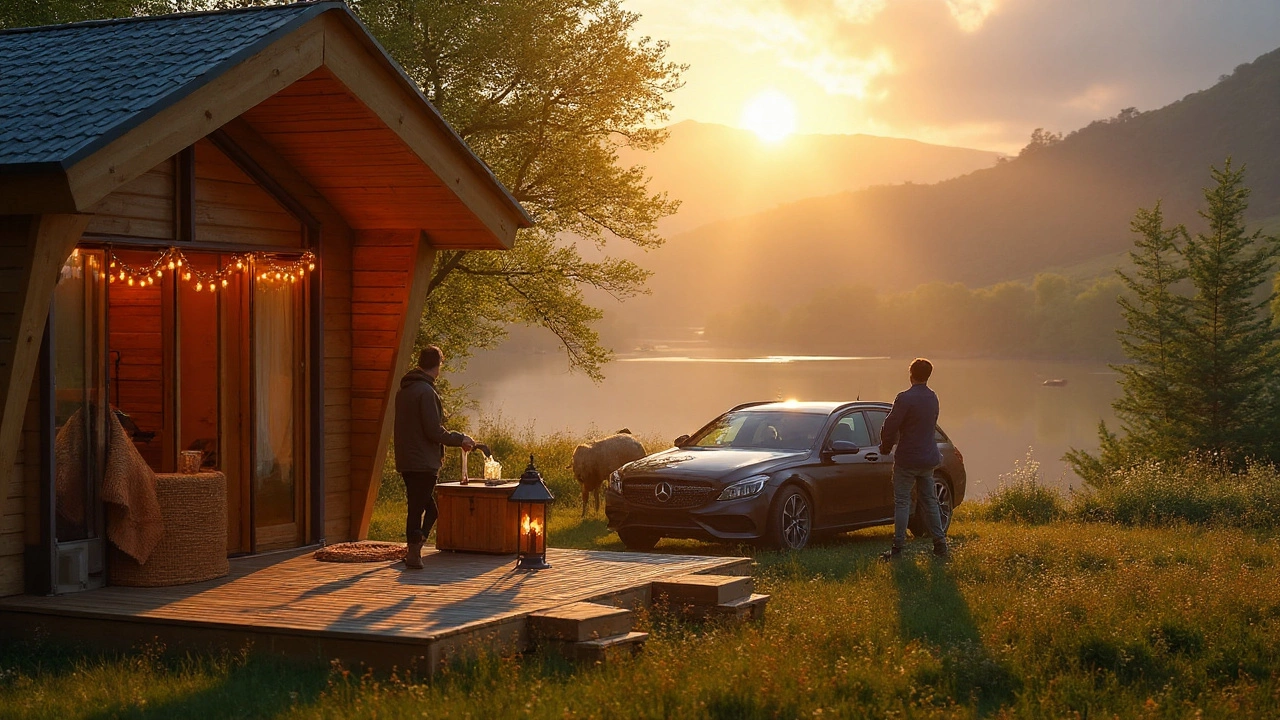Eco-Friendly Glamping: Simple Tips for a Green Getaway
If you love the outdoors but hate the idea of leaving a mess, eco‑friendly glamping is the answer. It mixes comfort with care for nature, so you can sleep under the stars without worrying about your footprint. Below you’ll find easy steps you can use on your next trip, whether you’re staying in a tiny house, a yurt, or a luxury tent.
Why Eco‑Friendly Glamping Matters
Traditional camping can strain local ecosystems – think of burned fire pits, plastic waste, and fuel‑guzzling generators. Glamping gives you a chance to replace those habits with smarter choices. Using renewable energy, low‑impact materials, and water‑saving fixtures means the land stays beautiful for the next visitors. It also makes the experience more relaxing because you’re not constantly worrying about damage.
Practical Tips for a Greener Glamping Trip
1. Pick a site that already focuses on sustainability. Look for campsites that offer solar power, composting toilets, or rainwater collection. Many UK eco‑resorts advertise these features, and they’re usually more affordable than luxury hotels.
2. Choose eco‑friendly accommodation. Tiny houses built with reclaimed wood, yurts made from natural fabrics, or glamping tents with biodegradable flooring are great options. The posts "Are Yurts Eco‑Friendly?" and "How Tiny Houses Are Eco‑Friendly" dive deeper into the numbers.
3. Bring reusable gear. Pack a stainless‑steel water bottle, cloth napkins, and a set of reusable cutlery. Avoid single‑use plastics – they often end up in the surrounding woods.
4. Power smart. Use solar chargers for phones and LED lights for the tent. If you need a generator, choose a portable one that runs on bio‑fuel and only use it when absolutely necessary.
5. Mind your waste. Follow the three‑R rule: Reduce, Reuse, Recycle. Separate your trash as you go, and take any non‑recyclables back home.
6. Save water. Take quick showers, turn off taps when brushing teeth, and use a bucket to collect grey water for watering plants if the site allows it.
7. Respect wildlife. Keep food sealed, avoid loud noises at night, and stay on marked paths. This prevents animals from becoming dependent on human food and keeps habitats undisturbed.
These steps are easy to adopt and make a real difference. You don’t need to become a full‑time environmentalist; just swapping a few habits can cut your impact dramatically.
When you book, check the site’s policy on energy sources and waste management. Many places list this info under “sustainability” or “eco‑friendly” tabs. If it’s not clear, send a quick email – the owners usually love talking about their green efforts.
Finally, share what you learned. Post a photo of your solar‑powered lantern or a note about how the composting toilet worked. Word of mouth helps more people choose greener options, and it encourages sites to keep improving.
Eco‑friendly glamping lets you enjoy comfort, scenery, and a clear conscience at the same time. With a few mindful choices, your next getaway can be both relaxing and responsible.
What Is a Glamping Cottage? Meaning, Amenities, Costs & How It Compares (2025 Guide)
Plain-English guide to glamping cottages: what they are, what’s included, real costs, how they compare to tents/cabins, and how to book the right one in 2025.
- Sep, 20 2025
- 0 Comments
